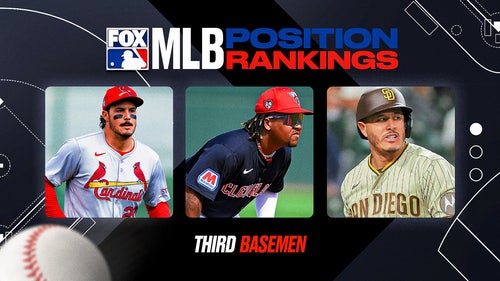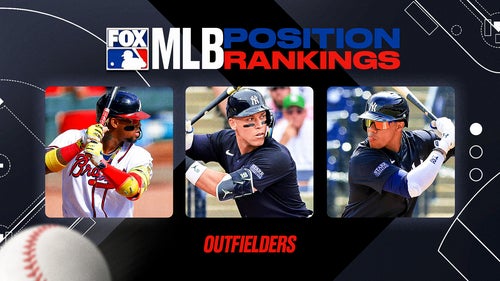
Padres' prospect Yardley is embracing opportunities

SAN ANTONIO -- In his first two years at Seattle University, Eric Yardley struggled to find his niche. Recruited out of Richland High School as a two-way player, after hitting .071 through his freshman year, he found playing the field was no longer an option.
After a so-so sophomore year on the mound, the coaching staff came to him in the off-season with a plan; maybe he could "drop down."
"By dropping down, they meant throw sidearm," said Yardley, 25, who is now part of a dynamic group of relievers in the upper levels of the Padres minor league system.
"They knew I had some infield experience, so it wouldn't be so strange. Also the University of South Carolina had won the College World Series when I was in school [2010 and 2011] and a pitcher on their team threw that way. The thinking was maybe it might be a good idea for me to give it a try.
"I was kind of resistant at first, but it was better than the other option."
What was the other option?
"Start learning how to fold towels and become the clubhouse guy."
In his junior year, Yardley saw his ERA drop from 5.18 to 2.49 and to 2.52 in his senior year, but he still didn't have the raw velocity numbers scouts look for or the requisite strikeout numbers. Throw in the fact that Seattle University is not a baseball powerhouse, and Yardley believed once his senior year ended, baseball would too.
"I was starting to apply to grad schools and then, out of nowhere, I got a call from a guy who wanted to know if I was interested in playing in something called the Pecos League."
There are currently eight independent professional minor leagues that are not affiliated with major league baseball. Some, such as the Atlantic League have featured players like Jose Canseco, Ricky Henderson and current major leaguers like Scott Kazmir; and then there are others that are not so glamourous.
The Pecos League, which briefly had a reality show on Fox Sports 1, falls into the not-so-glamorous category. It is widely considered to be the lowest of the independent minor leagues. The teams play 70 games in 72 days and the weekly salary is $50.
"A guy that had coached me in the summer had been down there before. He said that I should go, what did I have to lose?
"I talked to my parents and my girlfriend, now my fiancée, and took the 20-hour drive down there."
Yardley played for two teams in the league, one of which folded, before a Padres scout asked if he wanted to sign with San Diego -- but with no guarantees and for what was essentially an extended tryout.
"It is miserable but absolutely a blessing," Yardley said reflecting on his brief time with the Taos Blizzard and Trinidad Triggers. "Playing there and grinding through that, makes you appreciate everything you have. There is never a shortage of guys, they always have full rosters."
"Everyone always wants to chase that dream of playing in the big leagues, no matter what the odds."
When he got his chance in 2013 with the AZL Padres, he struck out 18 batters in 19 innings against only two walks.
The next year, he got another opportunity in Low-A Fort Wayne, where he had a 2.95 ERA in 58 innings with a 52:10 strikeout-to- walk ratio.
However, where things really started to come together for Yardley was in High-A Lake Elsinore in 2015. After several other relievers went down with injuries, Yardley took advantage of his opportunity and claimed the closer role. He finished the year second overall in the organization with 16 saves.
"Being a groundball pitcher in the Cal League, I was able to get some outs that other guys might not be able too. I started to roll up some saves and got some recognition and helped my confidence.
"In the back of your head, there is always that awareness that I wasn't drafted or had to drop down. If you start getting a few outs and innings, then there is some confidence."
This year Yardley has bounced between Double-A San Antonio and Triple-A El Paso with a 2.72 ERA in 43 innings over both levels.
"Under-armers as I call them," said Missions' manager Phil Wellman, who also has another pitcher who drops down in right-hander Adam Cimber. "If you ask both of them what is tough for them and they will both say left-handed hitters because they get a better view.
"But they both have done a better job of pounding it in to lefties and most of those types of pitchers won't do it because they are afraid of missing out over the plate. If you don't do that, lefties can just sit and look over half of the plate."
"I think they will both get ground balls in the big leagues because of the way their pitches work."
Everything Yardley throws sinks. He has a two-seam fastball and what he calls a "Frisbee" slider which moves from his right to left on a type of flat plane across the plate. A key to his success will be developing a consistent change-up that he can throw breaking away to left-handed hitters.
"For me it's always much more about movement, as opposed to velocity," Yardley said on what he needs to improve upon.
"But to come from where I did, nearly cut in college, the Pecos League, there really isn't any pressure, just opportunities."







